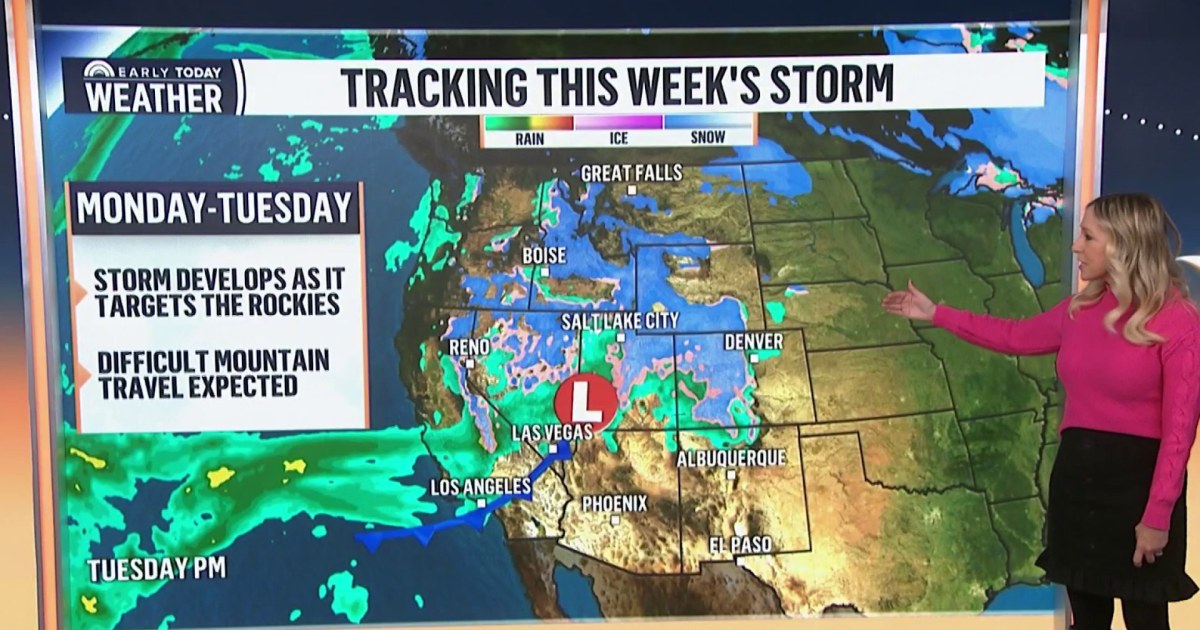Shopping
The Spectacular Fall of a Utopian Houston Shopping Mall


Walkability and accessibility. These popular, contemporary terms were not used by most Houstonians in 1960, but they were the core design features for Westbury Square, a quaint, outdoor collection of specialty shops in southwest Houston that embraced the idea that shoppers would prefer strolling over driving. Why is such a charming idea hidden in the pages of Houston history? Short answer: it didn’t work.
Within a few decades, Westbury Square went from being one of Houston’s most unique destinations to one of its biggest eyesores. Following decades of civic planning and expansion, prioritizing cars over pedestrians, Houston had become an ideal place for drivers. Who would want to walk in this heat? A civic master plan created in 1942 provided the blueprint for growth, with connected thoroughfares, grand boulevards, and state and federal highways, including Houston’s signature 610 Loop. We now know that this was a reaction to, and instigator of, the dreaded sprawl. Unzoned Houston lacked the political leadership or the geographical borders to stop, or at least control, unrestricted development of businesses and residences along the flat coastal prairie, thus allowing (and encouraging) them to spread further from a decreasingly relevant city center.

Architects and urban planners can’t contain their excitement when a developer dreams of building what is commonly referred to as “mixed-use.” They love the challenge of getting drivers out of their cars, allowing for all kinds of interactions like shopping, dining, and spontaneous human contact.
While New York developer Ira Berne was creating the residential neighborhood Westbury, south of Meyerland, at the bottom left corner of the loop, he had an experiment in mind, the kind that makes urban planners giddy. Near the corner of Chimney Rock and West Belfort, Berne imagined a collection of small shops on 24 acres that included not only alfresco dining, but also residential apartments on the second floors. Such a distinct destination would be an exciting selling point for the booming new suburb, and differ dramatically from nearby shopping mall Meyerland Plaza.

Nearly one-third of the first three dozen shops were curated by the developer himself, including a coin shop, a candlemaker, and a Victorian-era ice cream parlor straight out of a Disney movie and perfect for Camelot-era date night. However, Berne’s greatest source of inspiration came not from the Mouse House, but from across the Atlantic. Around every corner, from brick sidewalks to clay tile rooftops, Berne made sure the architectural details shouted Old World. What you couldn’t see inside Westbury Square was anything outside of Westbury Square—the winding, narrow streets obscured views beyond the shopping center. If the neighborhood hadn’t already been named, perhaps this brand-new but old-timey shopping center would’ve had a European-sounding name, too.

Berne built townhouses on the property and across the street to realize his mixed-use dream. He employed architect William Wortham, Jr., and gave him strict direction on the desired scale and source of materials, which resulted in an imported Italian fountain for the plaza’s centerpiece. The previous site owner, Weingarten Realty, held on to a few acres on the adjacent corner to build a grocery store, which took a few exterior design cues from Berne’s buildings.

Imagine an exterior outlet mall, minus the big-name retailers. Imagine offbeat Montrose specialty shops, minus the broken sidewalks and graffiti. More theme park than Italian piazza. The closest example Houston has today is Rice Village, where you’re likely to park your car, then stroll. (Unfortunately, the residents of adjacent Southampton, Southgate, and West U don’t ever appear to actually walk to the Village.) New developments like River Oaks District, Montrose Collective, and downtown’s Post Houston boast exciting, contemporary designs and have successfully coaxed Houstonians out of their vehicles. Think Westbury Square–style shopping, dining, and social interactions, but without the cartoony Ye Olde Shoppes.

“In 10 years Westbury Square may turn out as the most stupid thing anybody could have done,” Berne admitted a few months after his experiment opened. “There hasn’t been time to prove or disprove the underlying philosophy, but this is the way I think things should be done now.” A decade after opening, Westbury Square boasted 60 shops and restaurants, but the 1970s would bring fatal competition to Berne’s mixed-use experience.

When the Galleria opened in 1970, it joined Gulfgate Center and Meyerland Plaza, but with a major twist. Just like 1965’s Astrodome, the Galleria was 100 percent indoors, shielding shoppers from the heat and humidity. No interior-facing, covered plazas like previous Houston malls. No walking in sun-drenched parking lots either. Cold air was exalted to the point that this modern town square’s signature feature was an ice-skating rink. With adjacent office towers, hotels, movie theaters, and a fitness club, the Galleria was irresistible to Houstonians and an inevitable tourist destination. It remains the queen to this day. Alas, quaint Westbury Square could not compete.

In the following decades, a variety of new property managers made attempts at physical upgrades and contemporary marketing strategies to transform Westbury Square into not-so-square. Nothing recaptured the original lure, and the experimental development slowly lost tenants. The remaining buildings cower in the shadow of a Home Depot. A Texas-size marquee with blacked-out, former tenant shingles looms over the vacant parking lot. Chain-link fences do little to keep transients from doing their own strolling, inviting in an impressive colony of stray cats. The structures are in a state of rapid decline, but no City of Houston tickets warn of danger or orders for demolition. Yet. The site is currently for sale, asking a cool $7.5 million.
The greater Westbury area remains solidly single-family residential, resisting the Houston trend of allowing toadstool townhouses to sprout up overnight. But neglected Westbury Square looks like it could be fertile ground for that aggressive architectural species.
Did Ira Berne take into account that Houston was, even before NASA came to town, a forward-looking city? Lesson: cloying nostalgia doesn’t play in Space City. However, those still hankering for a handmade candle can hit the Texas Renaissance Festival or Dickens on the Strand.





/cdn.vox-cdn.com/uploads/chorus_asset/file/25080265/111323_PlayStation_Portal_ADiBenedetto_0004.jpg)




